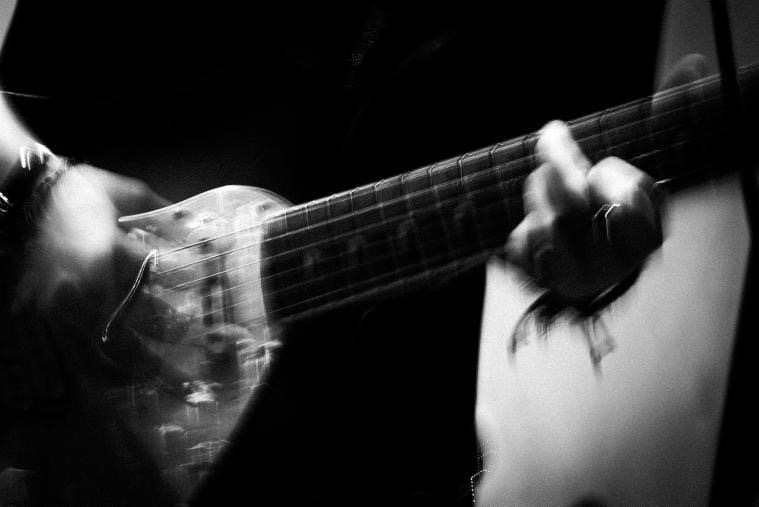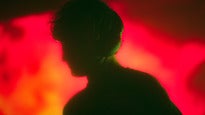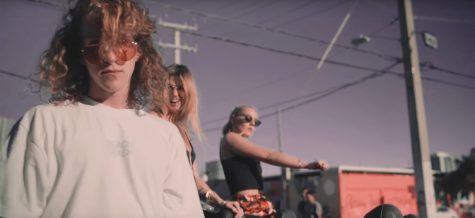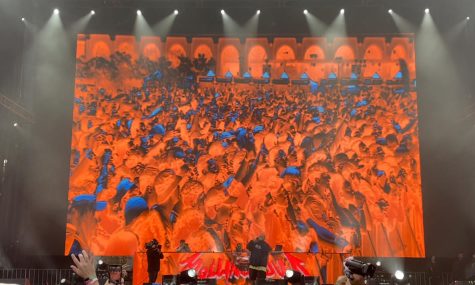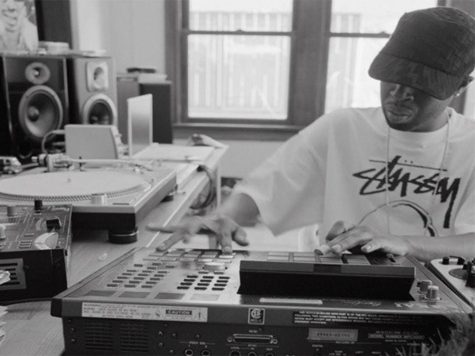Rainy Day Music #5: Speak No Evil
March 17, 2014
This week’s Rainy Day Album is the first jazz album to make the cut (gasp!). Wayne Shorter’s 1964 masterpiece Speak No Evil, nominated by my good friend/old bandmate Yoni Arbel, is an inimitable album, perfect for the more meditative stretches of a calm, rainy day.

Speak No Evil makes the most sense in the context of the musical progression of Shorter’s bandleader, Miles Davis. In 1959, Miles’ album Kind Of Blue took the then-cutting edge of jazz, the complex and virtuosic style of be-bop, and melted it in a heroin spoon. The result was a lazily brilliant album, which moved slowly along and achieved beauty far more easily than the jazz which had preceded it. It opened the door for a litany of albums with a similar sense of self-contained perfection in the sixties: Miles’ own 60s releases, John Coltrane’s A Love Supreme, Herbie Hancock’s Maiden Voyage and of course Speak No Evil.
Wayne Shorter entered Miles’ path as the replacement for Coltrane, who had departed after recording Kind Of Blue. Along with a group of musicians known as Miles’ Second Great Quintet, Shorter’s long, lonely tenor sax lines graced eight excellent albums, most of which contained a warped, free-but-contained style of jazz called post-bop. The final two albums of Shorter’s tenure, In A Silent Way and Bitches Brew, saw the group inventing jazz fusion. Shorter was revered by his bandmates and respected by his bandleader for his songwriting talent; according to pianist Herbie Hancock, Shorter’s compositions were the only ones the band played as written, without amendments by Miles. Many of the quintet’s well-known tunes, such as “Footprints” below, were in fact Shorter’s pieces.
In 1964, Shorter’s prolific songwriting led to a series of solo records on Blue Note. Speak No Evil was his third release in that year alone, of 11 total releases from 1964 to 1970. On Speak No Evil, he revamped his backing band and found his way out of Coltrane’s shadow, abandoning the influence of that great saxophonist for a more original playing style.
Being that this is a jazz album, there are no vocals here, no lyrics to analyze. Rather, the pair of Shorter’s sax and Freddie Hubbard’s trumpet provide the lead voices. Whether in innovative two-part harmonies or serene melodic concord, the two bring life to Shorter’s unique melodies. Behind them, a world-class rhythm section composed of pianist Herbie Hancock and bassist Ron Carter (both also from the Davis quintet) and drummer Elvin Jones (the only holdover from Coltrane’s group) keep time. Jones and Carter keep it understated, their subtle flourishes providing the perfect foil for the two soloists. Herbie Hancock fills in the musical blanks with a typically gigantic chord vocabulary.
Beginning with a rapid flurry of notes, “Witch Hunt” quickly settles down into the album’s laid-back pace, driven by Jones’ relentless, crystal-clear swing. Shorter’s solo is a series of long notes, with sharply cut off endings and plenty of space, more reminiscent of Miles’ laconic style than Coltrane’s hyperactivity. Hubbard enters the fray with swaggering trumpet blasts which spiral off into ridiculous high notes. Hancock’s solo turn promises borderline dissonant cascades of piano.
“Fee-Fi-Fo-Fum” and the title track contain the album’s most beautiful melodies, pretty autumnal moments feeling partly not of this world. “Dance Cadaverous” is the album’s strangest moment, an eerie dirge. “Infant Eyes,” the album’s ballad, begins with a gorgeous piano soliloquy from Hancock before the band enters, with brushes on the snare and sparse bass notes sliding along beneath Shorter’s plaintive lead. Closer “Wild Flower” is an upbeat moment, a waltz, although not without a contemplative air of its own.
Jazz makes sense as rainy day music – its instrumental nature is an excellent accompaniment to the sound of rainfall. It is often more relaxing than pop, rock or electronic music, making it suitable for background, or “mood” music. But when you focus on it, in an album-length burst, it reveals itself to be entrancing. While many listeners new to jazz gravitate towards Kind Of Blue, I believe that Speak No Evil is an equally accessible album, whose beauty similarly transcends its genre. When our snowfall eventually turns to rain, I encourage you to give it a moment.


